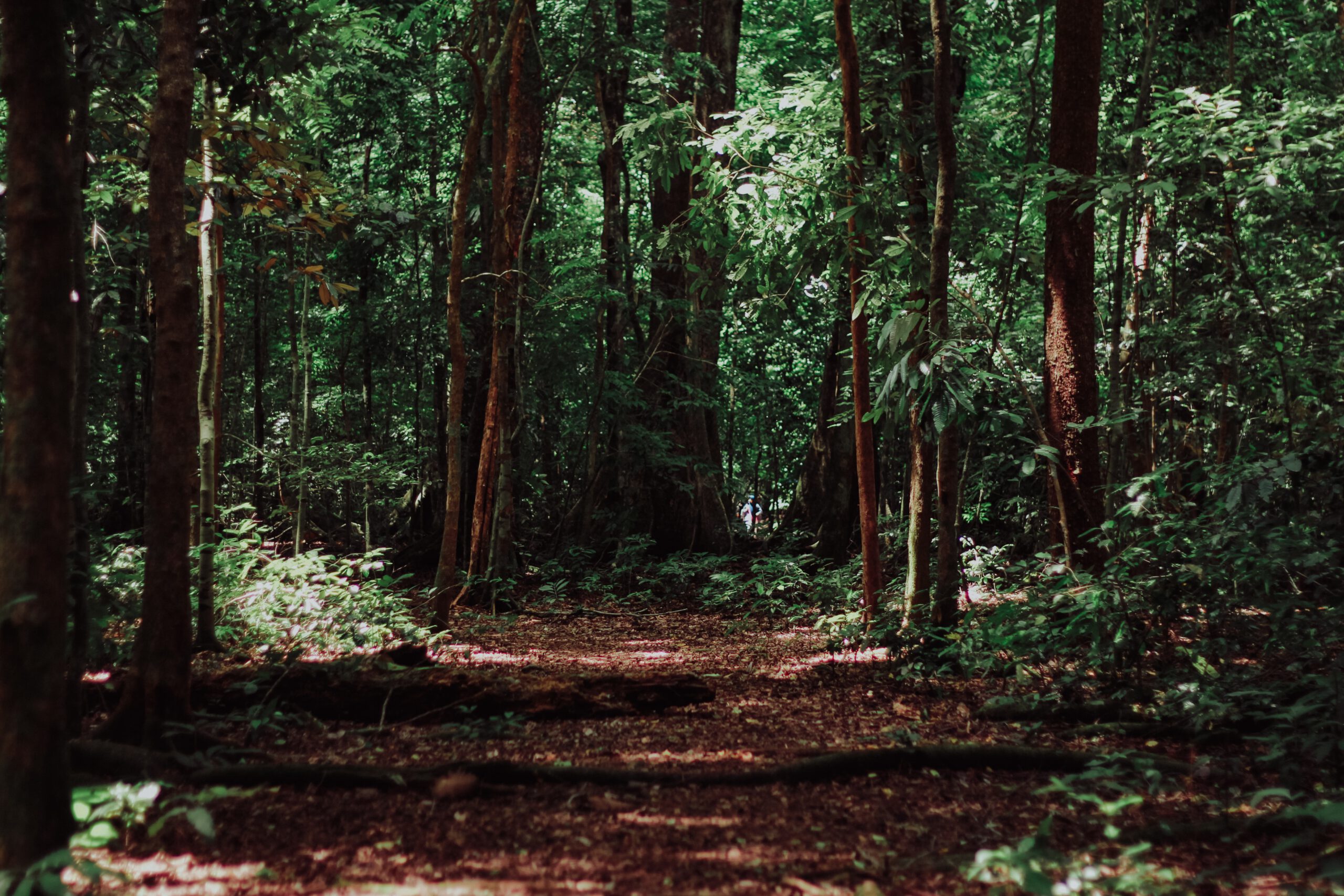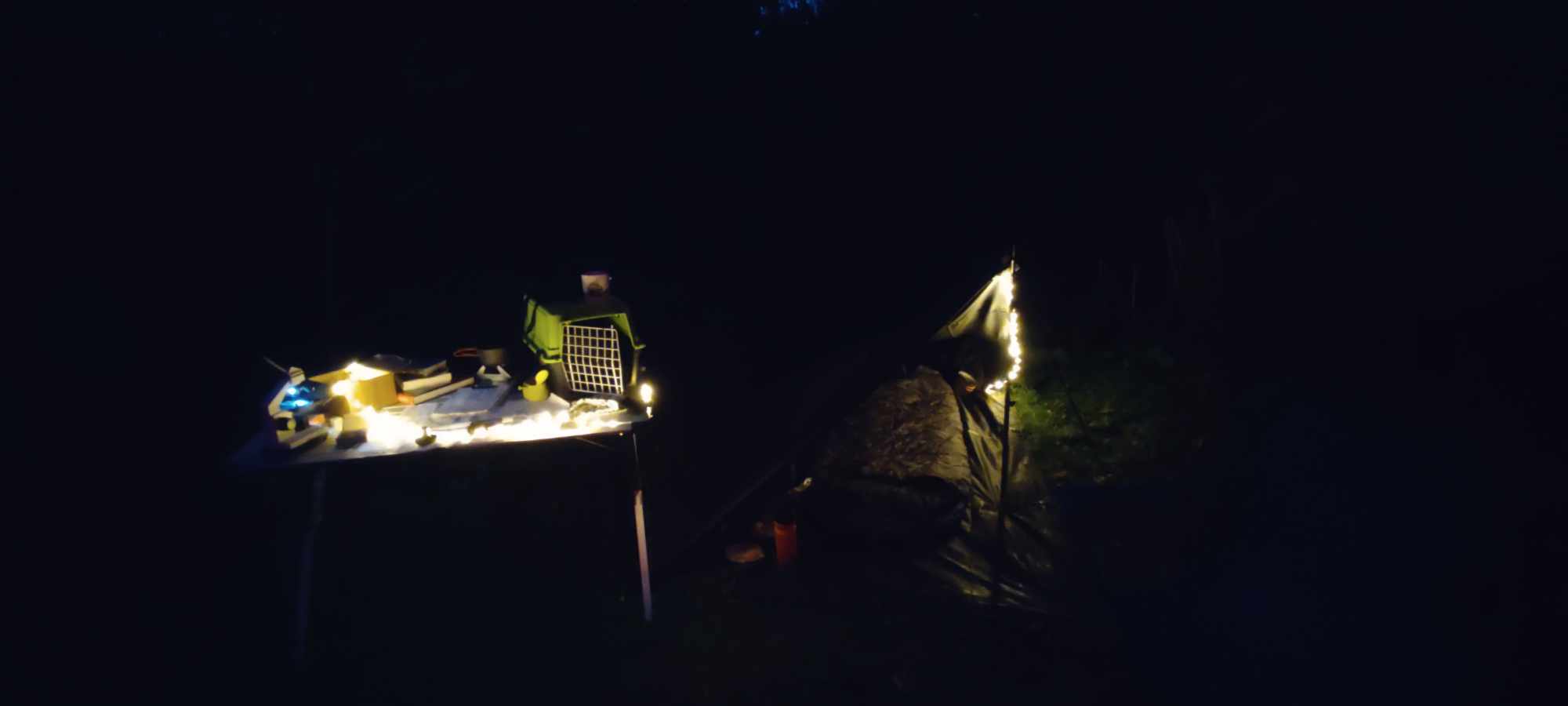Field research 2023 in the making
Upon visiting our website and looking through the projects, a new one that’s popped up a few months ago is the field research project. We’re planning one for 2025 in Uganda for three weeks and there are plans to do field research in Scotland as well either this year or next year. But a different field research project that isn’t mentioned in the projects page is the field research within The Netherlands.
Pesse/Hoogeveen
Our own city and its surrounding has a lot of green and a few national parks within reach. One of those areas is Pesse, which is a small village in the province of Drenthe in The Netherlands. It’s a village surrounded by agricultural land as well as some industry and a lot of nature. Kraloërveld, which is part of National Park Dwingelderveld, is easy to reach from there. But also the forest ‘Spaarbankbos‘ and the ‘De Olde Kene‘ are places with lots of biodiversity that are interesting for field research. And with this in mind, we began planning for field research for this year.
I started biking around the village for a few days, to see how many bird species are present in the area. Then i began pinpointing possible hides for hedgehogs and possible drinking spots. From there on it was a matter of filing for a wildcamping permit in order to be able to do field research spanning several days in a row.
This morning the permit came in the mail! We got it! From may 22nd to may 25th of 2023, we have the permit to wildcamp between the two villages of Pesse and Stuifzand, which includes the area of Spaarbankbos. We’ll be making solid plans over the span of the next few weeks as means of preperation for this field research as it’s now confirmed to take place.
What is the research question?
This field research is a very basic level field research. It’s non-invasive, which makes it a lot easier to perform in The Netherlands as we don’t need additional permits and licences. There is a lot of research into European hedgehogs already, but in order to compare them to other species of hedgehogs we need to have our own databank with information. So for this research, we mainly focus on the question ‘Which other organisms do they come across during their daily life and how do they interact with them’. Which is a very broad question, because organisms refers to both plants, birds, rodents, predatory animals and bacteria.
What we’re going to do is the following. During these four days, starting on the day of may 21st going into the night of the 22nd, we will be observing hedgehogs for 30 minutes per animal. We will be weighing, photographing and measuring them and we will try to take urine and stool samples. We will also be taking monsters of the ground and from waters in the area.
Research method
The observations are filmed with a nightvision camera OR written down manually, depending on the circumstances. They are used to analyze a hedgehogs routines and interactions with other organisms. The weighing and measuring is used to make an average of the population’s weights and lengths. The photographs can be used for references in the research when anomalies occur.
Urine and stool samples are analyzed under a microscope to study which indigested matter can be identified and which bacteria live in their excretions. This adds to the observations of the hedgehogs themselves as well as the ‘mapping’ of other animals in the area. This mapping is done simply by writing down which animals we come across with during our field research, whether or not a hedgehog actively interacts with them. Knowing the biodiversity helps us to understand which animals they do and do not interact with.
The monsters from the ground and water are used to identify any living organisms in them, that might influence a hedgehog. Hedgehogs are known for digging through the ground in search for insects and other edible matter and while drinking they might also take in organisms invisible to the naked eye.
Future goals in field research
This methods aids in understand what hedgehogs eat, drink and how they interact with their surroundings. And though this information is largely known in European hedgehogs, it’s still unknown in most other species that live in Europe, Asia and Africa. By implementing this method onto other field research on other species, we strive to get a more clear image on the differences between species in their diet, but also in their behavior. Some areas have more or less predatory animals that influence their change on survival, other places have more or less industrial surroundings or agricultural surroundings. The more information we have in this regard, the more we can develope field researches in the future that go deeper into these subjects.
Follow us!
If you’re interested in seeing more about this field research in photo or video, we recommend following our social media accounts. We will be uploading on Instagram, Tiktok and Youtube!




